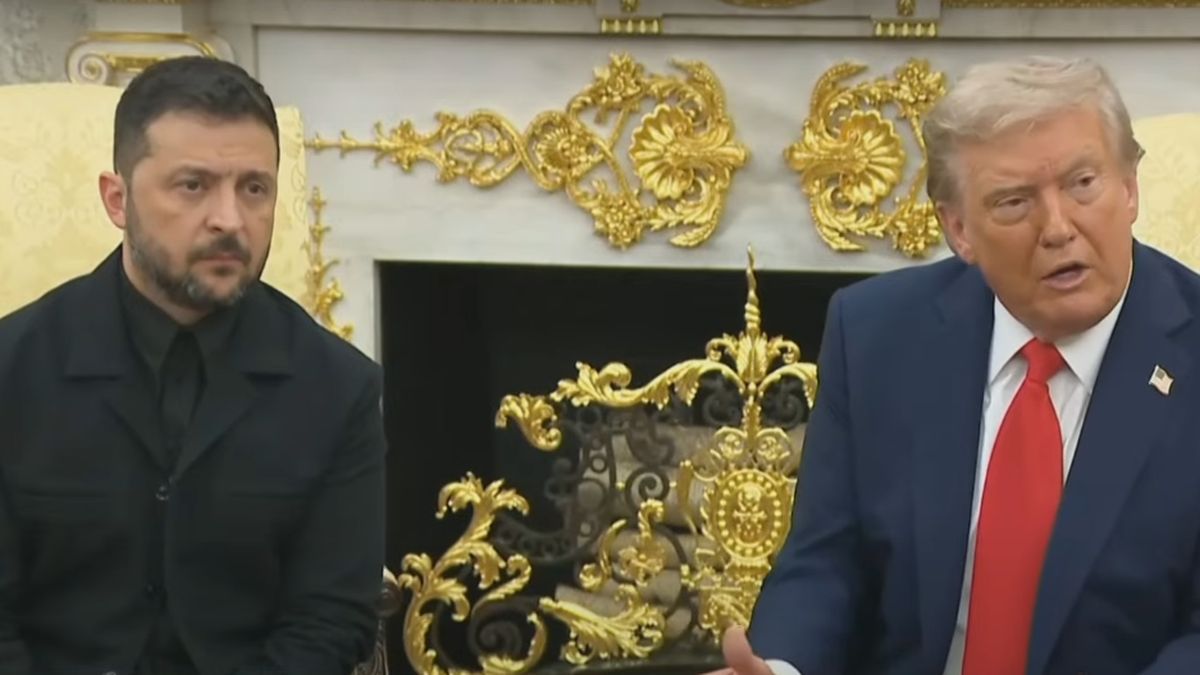Without margin for more volatility, Luis Caputo gave in the pressure of the banks and enabled a window to give them liquidity.
In a context of high financial voltage, with short -term interest rates climbing until an alarming 80% annual in the Cajion marketthe Central Bank of the Argentine Republic (BCRA), under the presidency of Santiago Bausili, has implemented An emergency measure To avoid an overflow: the opening of A liquidity window for banks.
The content you want to access is exclusive to subscribers.
This initiative, announced informally in the prelude to a crucial tender of treasure debt, seeks to provide Relief to the financial system by supplying active passes supported by Treasury letters of terms greater than 60 days, with the aim of moderating rates and stabilizing the market.


However, the strategy, designed counterreloj to contain a spiral of financing costs, could generate side effects, including a rebound in the value of the dollar that would threaten the fragile macroeconomic stability. The liquidity window allows banks Access BCRA funds through active passes, using Treasury Lyrics Subscribed in primary tenders with maturities greater than two months. This mechanism, which operates at a rate aligned with the TAMAR (the reference for wholesale deposits) plus an spread, is intended to inject liquidity to the banking system, which faces an acute shortage of weights in a context of high demand for short -term instruments.
How is the tender: the government’s turn
The measure complements the efforts of the Ministry of Economy, led by Luis Caputo, which in the tender will limit the subscriptions to short-term LECAP (S12S5 and S30S5) to force investors to opt for larger instruments, such as Lecap with maturities in October, November or January 2026, or dollar-linked dollar bonds and adjusted by inflation. 80% rate shot reflects a combination of factors: uncertainty to debt tender, which must be renewed near $ 15 billion of a total of $ 23 billion projected for August, and the expectation of an adjustment in the exchange regime.
The lack of liquidity in the banking system has led investors to prioritize short -term instruments, raising its cost and pressing the Treasury, which faces a capital challenge to finance its maturities without aggravating the cost of debt. The BCRA window seeks to mitigate this pressure, offering banks an alternative to obtain funds without resorting to the secondary market, where rates have reached unsustainable levels.
However, the strategy involves significant risks. Analysts warn that liquidity injection, if not absorbed by greater -term debt instruments, could lead to an excess of pesos in the system. This leftover could be channeled towards the purchase of dollarsboth in the official market and in the parallel (dollar Blue, around $ 1.330), triggering a rebound in the exchange rate. Devaluation expectations, reinforced by the prices of the dollar-linked bonds that exceed the roof of the current exchange band, could amplify this dynamic, generating an inflationary impact in a context where the IPC of December 2024 marked a monthly 2.7%, with projections of a rebound in August.
The market observes the tender, a turning point to measure the effectiveness of this measure. If the treasure and the BCRA manage to renew the maturities and contain the rates without unleashing a run to the dollar, the liquidity window could be consolidated as a key instrument to stabilize the financial system. However, a massive disarmament of pesos positions or insufficient demand for long -term instruments could exacerbate exchange tensions, compromising government efforts to maintain inflation under control and move towards the lifting of the exchange rate.
Source: Ambito




